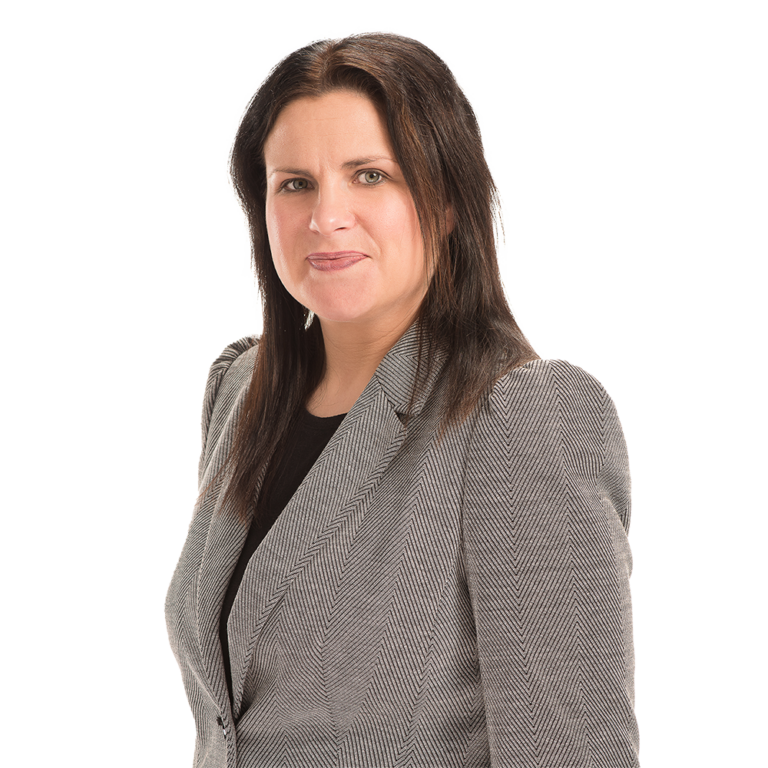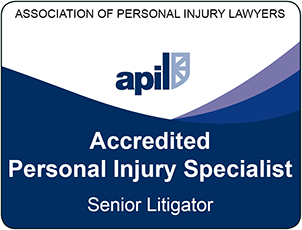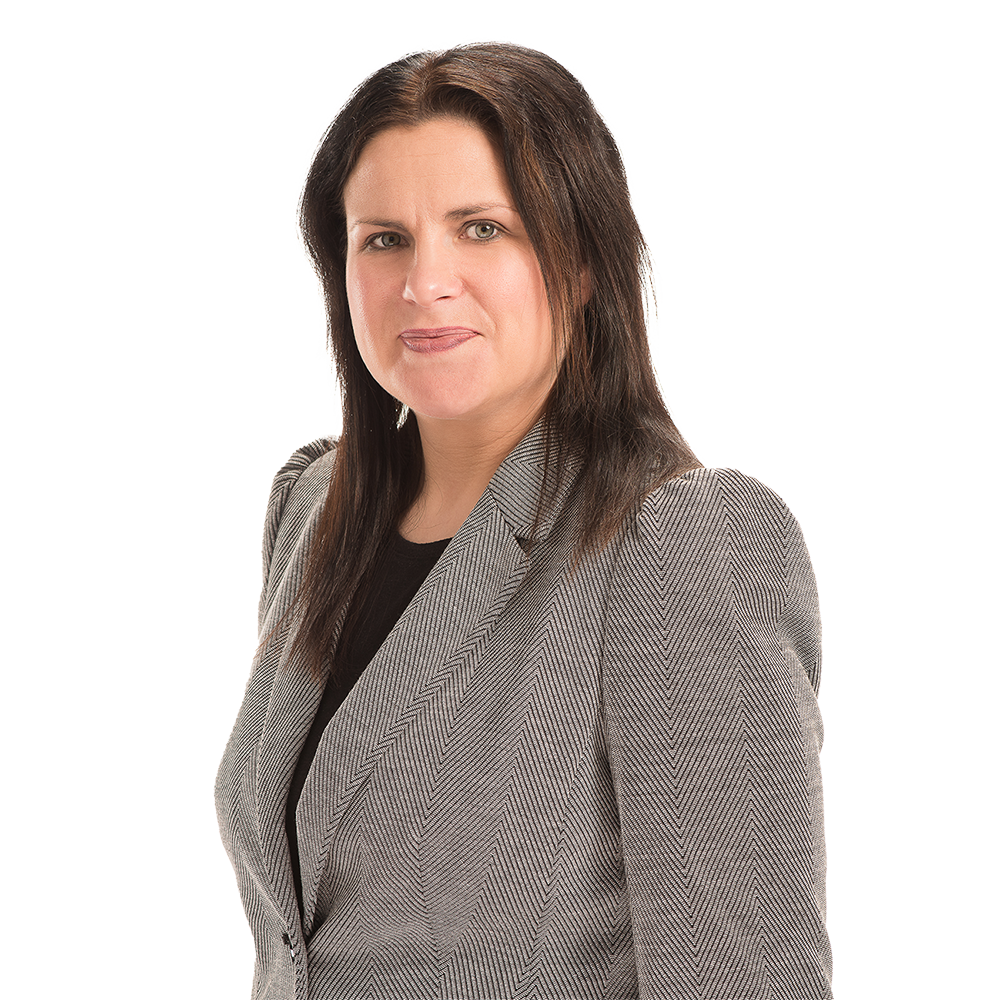Cerebral Palsy Claims Explained
Cerebral palsy claims are successful if it can be proven that a child’s cerebral palsy, which can be of many different types and have many different causes, was actually caused by hypoxia or oxygen deprivation when it was a foetus, and this arose from a hospital doctor’s or nurse’s negligence.
An example of this is not carrying out a caesarean section earlier despite signs of foetal distress, such as bradycardia or low foetal heart rate as measured on a cardiotocograph (CTG).
Children injured through medical negligence are currently entitled to Legal Aid funding for their cerebral palsy claims as their claims will be deemed meritorious and the child will usually be financially eligible, based on an assessment of their own resources rather than their parent’s resources.
The starting point of any claim, and of any application for Legal Aid funding, is a statement from the child’s mother dealing with her full obstetric and gynaecological history, and in particular with the events surrounding this particular child’s birth.
Once legal aid is obtained a medical report is obtained from an obstetrician on whether negligent mistakes were made. If the mother’s care was midwife led it will often then be necessary to obtain a report from a midwife.
The legal test for clinical negligence is such that if the defendant hospital’s obstetrician or midwife can produce another leading obstetrician or midwife to support the treatment that was given, or can refer to a leading textbook, the hospital may be able to successfully defend the claim. Furthermore, to win, the claimant must also prove causation of cerebral palsy by asphyxia on a balance of probabilities, which is frequently difficult.
On receipt of each expert’s report it is likely that conferences with the expert/s, the client and a barrister will be arranged by the solicitors to understand and test the expert evidence.
If the report from the obstetrician and /or the midwife is positive on breach of duty, a report from a paediatric neurologist is obtained on whether that mistake caused the cerebral palsy, rather than some other cause.
Additionally, if this report is positive, then a report from a neuro-radiologist on a child’s MRI brain scan can help to establish causation.
Deprivation of oxygen to the brain (asphyxia) or head trauma sustained during labour and/or delivery can cause cerebral palsy. Severe asphyxia for a lengthy period can produce brain damage called hypoxic-ischemic encephalopathy, which causes many infant deaths.
Asphyxia refers in general terms to the end result of reduced oxygen and nutrient supply to the foetal brain. During labour it is assessed by foetal heart rate monitoring on a cardiotocograph (CTG), the results of foetal scalp blood sampling, and the passage of meconium.
After a child’s birth, hypoxic-ischaemic encephalopathy is a sign that the infant has suffered enough asphyxia to cause some brain injury. Its severity is a far more reliable predictor than a low Apgar score or acidosis.
The infant who develops hypoxic-ischaemic encephalopathy may require resuscitation at birth. After an interval that may vary from minutes to many hours the infant shows changes in tone, activity, and patterns of primitive reflexes. This may be hyperalertness or declining consciousness. Fits and abnormal movements develop, and there are abnormalities of sucking, feeding, and eye movements. The infant may deteriorate and die, recover completely, or progress slowly and continue to show abnormal neurological signs.
However, it must be stressed that the vast majority of congenital cerebral palsy is not caused by birth asphyxia. Often unknown events during pregnancy, labour, and delivery damage motor centres in the developing brain and cause cerebral palsy. Infections during pregnancy, such as German measles (rubella), cytomegalovirus and toxoplasmosis, can damage the foetus’s developing nervous system.
Brain haemorrhage, or bleeding, can occur in the foetus during pregnancy or in newborns around the time of birth, damaging foetal brain tissue and causing neurological problems, including congenital CP. These haemorrhages are a type of stroke that may be caused by broken, abnormal, or clogged blood vessels in or leading to the brain, or by respiratory distress, a common breathing disorder in premature infants.
Assuming, however, that positive reports on breach of duty and causation are obtained and it can be proven that a child’s cerebral palsy was actually caused by hypoxia, the next stage in the claim is for a formal detailed letter of claim, usually drafted by counsel, to be sent out to the hospital trust or their solicitors. Realistically it will take them at least six months to reply to this letter substantively in a formal response letter, as they will have to commission their own expert evidence, and on receipt consider and test it.
Normally liability will be disputed and court proceedings will have to be commenced. In order to save costs it is likely that the court will then order a split trial, with quantum only being dealt with if the claimant wins a trial on liability. Before trial various stages are passed through to try to reduce the issues between the opposing medical experts but ultimately it may be necessary for them to give oral evidence at a trial and for a judge to apply the aforementioned tests of medical negligence and causation, and decide whether or not the claimant has proved his or her case.
If so, then the quantum of their successful cerebral palsy claim can run into many millions. During the course of the subsequent proceedings, reports are obtained from many quantum experts including speech, physio and occupational therapists, nursing and housing experts. Increasingly such experts are instructed jointly by both parties to save costs.
Based on such quantum reports the Claimant will produce and serve a Schedule of Loss and the Defendant a Counter schedule. If a reasonable quantum settlement cannot be reached and approved by the court, which is in order to protect the claimant, a trial on quantum will have to take place. Once damages are awarded they will be administered by the Court of Protection on the Claimant’s behalf.
Our team has vast experience in claims for injuries sustained by infants at birth. All our Solicitors are members of the Association of Personal Injury Lawyers (APIL).
Case Study
Case Study – Birth Injury Claims : L -v- South Staffs Health Authority
The Claimant was an undiagnosed twin who suffered asphyxia after the midwife injected syntometrine after her twin was born, causing rupture of her sac and prolapse of her umbilical cord. She was born with dystonic tetraplegic cerebral palsy, resulting in limited mobility, a speech and swallowing impairment and significant learning difficulties.
Damages of 1.65 million were won by our team following a fiercely contested claim that was settled on the eve of trial.
How Can Timms Help?
For more information on pursuing a claim relating to cerebral palsy, please contact the team on freephone 0800 011 6666 or via email at legal@timms-law.com.
What Our Clients Say














